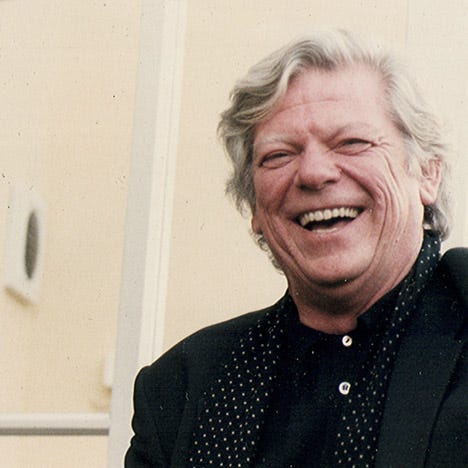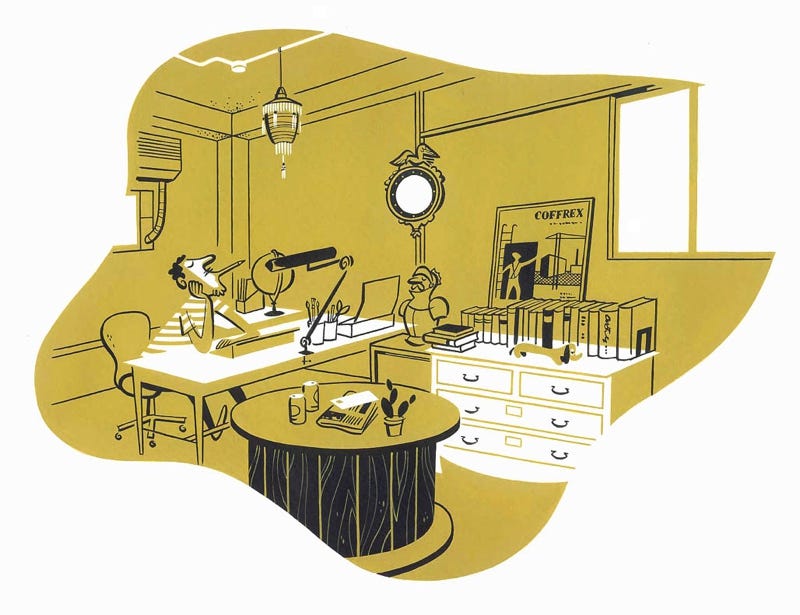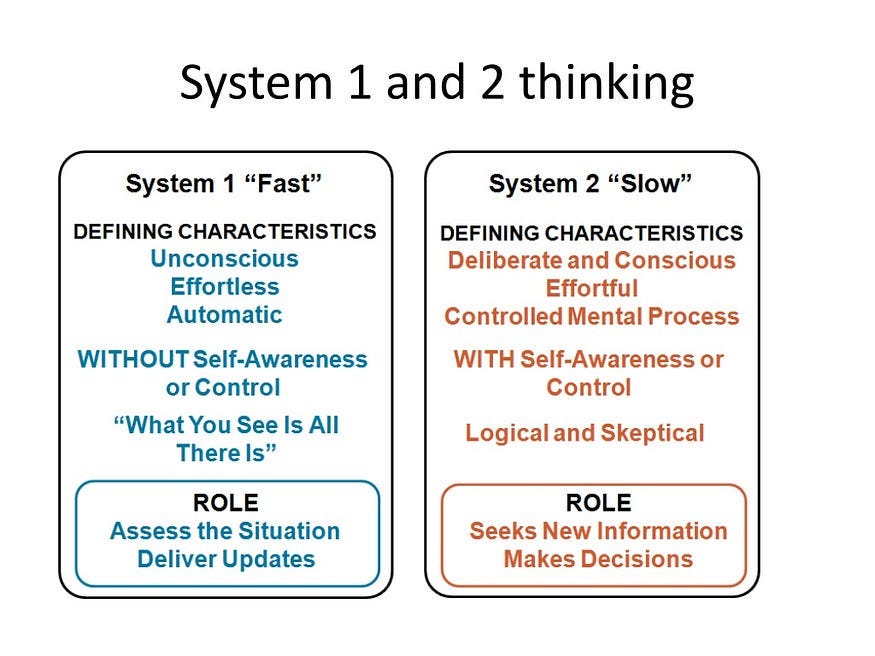WHAT IS ARCHITECTURE?
The question “what is architecture?” is one of the most basic but also one of the most challenging stuff architects ask themselves. It is a philosophical question that repels a complete answer yet incites an intellectual examination. Architect’s answers to this question help outline their designs.
WHAT IS ARCHITECTURE? is also a question that is particularly important for students who are looking for different perspectives on architecture as they come to form their own definitions.
While artists work from real to the abstract, architects must work from the abstract to the real. Architecture, beneath all its limitations of engineering, safety, function, climate and economy, arouse us with designs in space and light achieved in the abstract.
The profession of designing buildings, open areas, communities, and other artificial constructions and environments, usually with some regard to aesthetic effect. Architecture often includes design or selection of furnishings and decorations, supervision of construction work, and the examination, restoration, or remodelling of existing buildings.
Architecture is a passion, a vocation, a calling — as well as a science and a business. It has been described as a social art and also an artful science. Architecture must be of the highest quality of design. Architecture provides, in the words of Marcus Vitruvius, the great Roman architect and historian, “firmness, commodity and delight.
NOTE 1st Century BC Roman Architect Vitruvius is the author of the treatise De architectura. The work is divided into 10 books dealing with city planning and architecture in general; building materials; temple construction; public buildings; private buildings; clocks; hydraulics; and civil and military engines. His work was used as a classic text book from ancient Roman times to the Renaissance. Firmness refers to structural integrity and durability; Commodity refers to spatial functionality or in other words, “serving its purpose” and fulfilling the function for which the building was constructed; Delight means that the building is not only aesthetically and visually pleasing, but also lifts the spirits and stimulates the senses.
The art or practice of designing and constructing buildings.
Architecture is everywhere. Each and every building: home, school, office, hospital and supermarket were designed for their particular purpose. It is of vital importance that these buildings, and in turn the environments they form and the neighbourhoods and cities they are a part of, are designed to be the best possible buildings for their specific context, use and the people who use them.
The complex or carefully designed structure of something.
Architecture has the ability to materially affect outcomes: it can affect the way we relate to each other, increase business productivity, support communities and neighbourhoods, improve health, and even decrease crime.
Architecture: “The art or science of building; esp. the art or practice of designing and building edifices for human use, taking both aesthetic and practical factors into account.”
Architecture also has the power to inspire and delight — it can enhance everyday experiences.
What is Architecture all about?
Architecture is the art and science of designing buildings and other physical structures. A wider definition often includes the design of the total built environment from the macro level of town planning, urban design, and landscape architecture to the micro level of construction details and, sometimes, furniture. The term “Architecture” is also used for the profession of providing architectural services.
Architectural design is primarily driven by the holistically creative manipulation of mass, space, volume, texture, light, shadow, materials, program, and Realistic elements such as cost, construction and technology, in order to achieve an end which is aesthetic, functional and often artistic. This distinguishes Architecture from engineering design, which is usually driven primarily by the creative application of mathematical and scientific principles.
Interior Architecture bridges the practices of interior design and architecture so that professionals working in the field have a structural and load bearing education with an emphasis on interior spaces. The field is similar to architecture in that it deals with structures and load bearing walls. It is similar to interior design in that it focuses on interior spaces.
There is no one-size-fits approach in architecture, each building project should respond to its very unique context: site, climate, social, budget and materials.
Buildings also need to be able to age well, to adapt to changing requirements and have flexibility to accommodate various uses. They also should be built sustainable, in both the materials that they use during construction, and the energy resources that they require to function.
If architecture is only in the building, what, we might say, puts it there? The labour and skills of the contractors and mechanics who build the building? If that were true then every building would be architecture, and not even the most sceptical of observers would claim that to be the case. Architecture is something different from building. So what makes it different?
Architecture is the built realisation of a particular concept, or idea. This idea can be about construction, or the way people will use a building, or how the building fits into a physical, or a social, landscape.
Humanity leaves immortal echoes through its history using the media of language, art, knowledge and architecture.
The more concepts and ideas formulated by the architect have an Imminence for contemporary conditions of living, thinking and working. We want architecture to participate in the crucial changes affecting our lives, and not simply form a backdrop to them.
Developers, corporations, and politicians understand the marketing value of architecture, as long as it gathers attention. But that cannot be all there is. Architects themselves, whom devote their mind and their talents for ideas to serving the interests of developers, corporations, and politicians, are ignoring more urgently critical conditions. Continuing the struggle to understand what architecture is helps keep everyone especially the architects more honest.
The balanced integration of artistic sensibility and scientific methodology as it applies to designing buildings and their environments is essential to creating great architecture.
The public realm refers to publicly-owned streets, parks, which is where buildings are situated. Architecture clearly meets this definition. All of us, as the public, interact with architecture. We are affected on a practical and emotional level by both the way a building appears in its context and by its interior environment.
The scientific method is used by architects to research and develop concepts on Countless levels required to create buildings. These levels include understanding the surrounding context from environmental, historic, stylistic and infrastructure perspectives; and determining program areas required by users such as interior products, structure, mechanical, electrical, plumbing, fire protection, technological and security systems.
The orchestration between art and science involves discipline in both the lateral and linear thought processes. Lateral thinking utilizes analogies and links ideas across a spectrum to create something imaginative. Linear thought is a step by step idea that keeps us grounded and leads to a specific result.
At its simplest, architecture is the design of buildings, groups of buildings and often the space between buildings. But the scope of architecture goes well beyond just the drawing of plans.
At a time when it is fashionable to say that architecture is everything-from philosophy to science to art to theory
Architecture takes imagination; the ability to order ideas and communicate them clearly; creatively (not necessarily artistic ability); a keen interest in human behaviour, our habitat and the natural environment; and problem solving skills.
Before defining architecture, the terms ‘designing’ and ‘engineering’ must be made clear. The clarification of the term ‘designing’ is needed for making a distinction between the design and the architecture of a system. All these terms refer to how systems are constructed.
In an odd but quietly very important way, works of architecture ‘speak’ to us. Some buildings, streets and even whole cities seem to speak of chaos, aggression or military pride; others seem to be whispering to us of calm or graceful dignity, generosity or gentleness.
However, a dominant strand of modern opinion doesn’t think it matters very much what our buildings speak to us about. It is deemed pretentious or over-sensitive to suppose that something as external as a building could really have much of an effect on our inner mood. We’d rather see ourselves as able to generate our psychological states independently of the colour, shape and texture of the walls.
And yet a more modest, permeable idea of who we are would accept with good grace that we remain in truth, very vulnerable to the voices of the largest, most public objects in our environment. Our inner states are heavily open to influence and we may be as harmed by architectural ugliness as we are by moral evil. Our spirits can be decisively sunk by a grid of city streets designed without any talent or care.
In modern commercial society, buildings are seen largely in terms of finance, cost and return on capital. Politicians impose some restraints on developers. There are frequently a few rules about height and environmental performance. But the full range of the kinds of damage that ugly buildings create for us has not been recognised or granted political expression. There’s nothing unusual in this. Many forms of public harm can be real yet ignored; it took many decades for industrial pollution of rivers to be interpreted as any real threat to the public good.
If we better understood the impact that ugly architecture has on our lives, its power to sap our spirits and give assistance to our worst selves, we’d surely legislate against it. But as yet, no politician who announced an intention to make the built environment more beautiful would prosper — or even be deemed sane.
In the utopia, architecture would more fairly be interpreted as a branch of mental health, with a crucial role to play in public contentment. And bad design would — at last — be interpreted as the crime it is to the health of the collective spirit.
Have you ever wondered why architecture is so important for the society we live in? Architecture is the art that provide us the physical environment we live in. It is a deep expression of human civilisation in a particular era and it will endure and outlive us in forms of monuments that future generations will study and strive to understand. All architects represent a great force in our society because architecture is as well an expression of the strengths of the society as well as their technological progress. Architecture is a form of visual art that creates irrevocable works. Human value this art so much because it’s a permanent expression of the society values, desires, ways of thinking and ideals, ideology and many other things in a fixed point in time. It is like a reflection in the mirror, a way society sees itself as well as how it sees the environment, nature and finally, this world.
Architecture can indeed serve us as a little time capsule of human history. It reveals us human thoughts, ideals, ideas, even our fears and worries. All human emotions and thoughts can be reflected in one powerful piece of art that lies ahead of us while we remain still, watching it in awe. It reflects our culture, who we are and where we belong within the society.
As you probably know, architecture is part art and part science. Being an art, it provides us an outlet for creative expression and allows the society to view, create and shape their environment and living space differently, in a unique way. Being a science, architecture also covers our functional needs, providing us living space and environment that is practical and comfortable.
Ideally, when creating their work, architectural experts must always equally incorporate functionality and aesthetical aspects in their building design. Thanks to modern technology, the boundaries of architecture are constantly expanding, and new wonders can be made every day. Unfortunately, many architects have neglected the aesthetics of their work over functionality, therefore losing the unique difference that was present between architecture and engineering.
What is the role of architecture in today’s society? Well, the situation is not different, as it was never before. Designers either respond to the community with their work or they shape it, dictating the environment. However, it is better to answer to a particular social or natural phenomenon than to force it. Many architects today are fighting for a better and cleaner planet.










